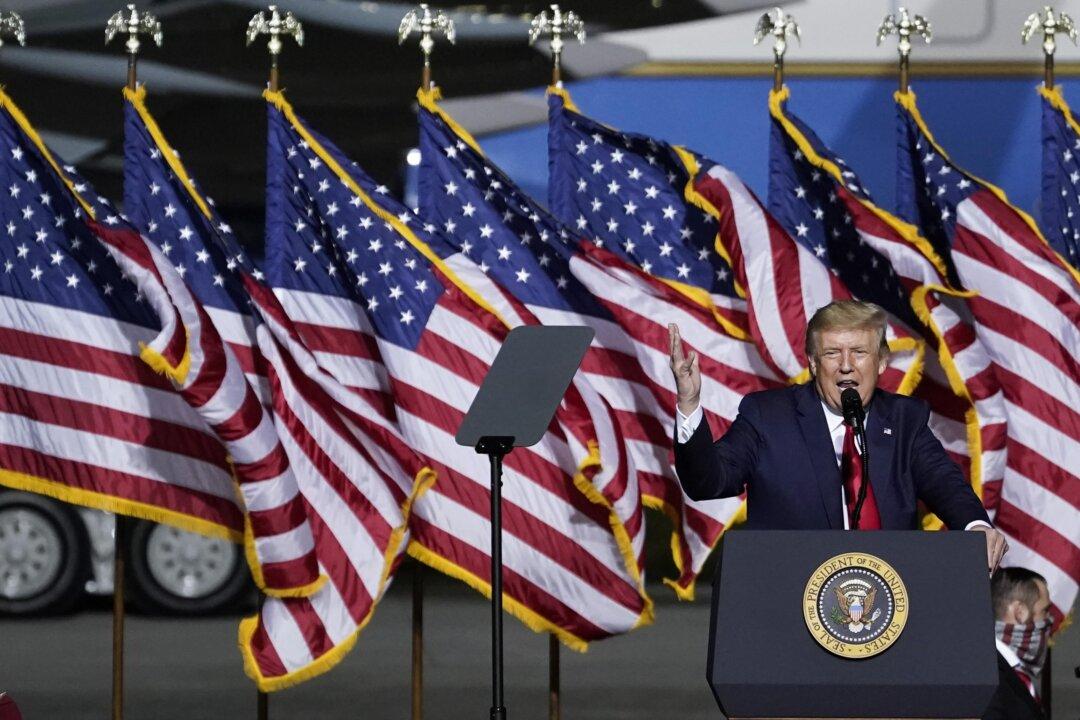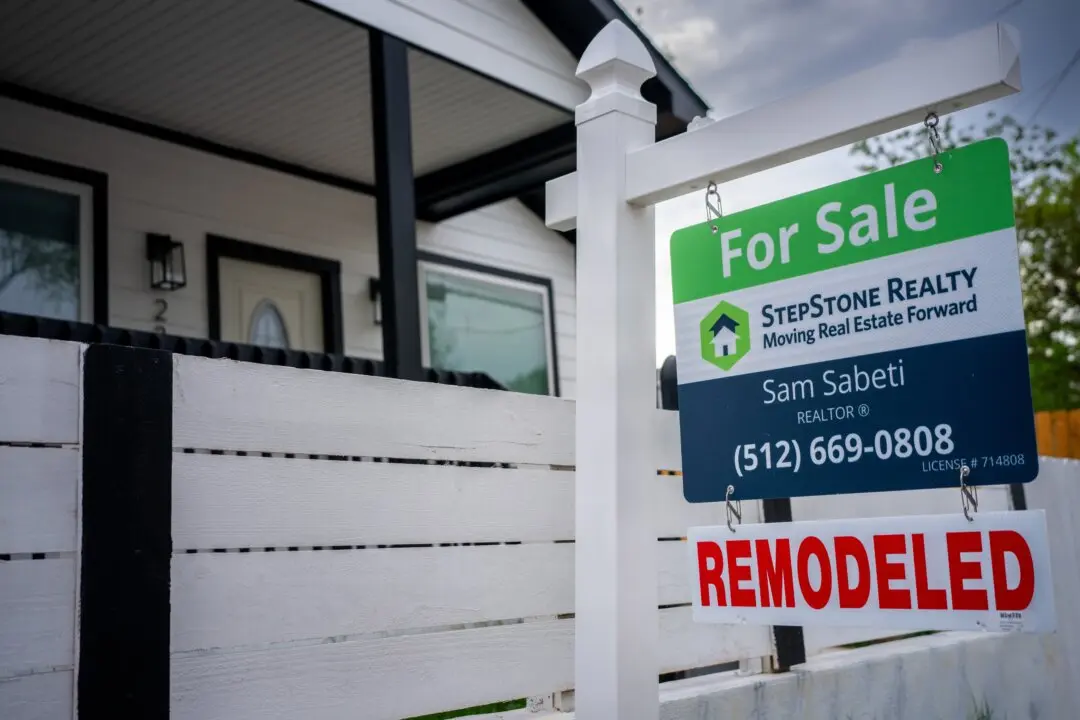An executive order recently issued by President Donald Trump is poised to cause a major shift in the culture war over the soul of America. The Sept. 22 order bans federal agencies, contractors, subcontractors, and grantees from instructing their employees to follow the tenets of the critical race and critical gender theories.
The theories are based on the Marxist concept of “struggle,” pitting races and sexes against each other by labeling them “oppressors” and the “oppressed.” It then reinterprets society and history as being rooted in this “struggle.”





